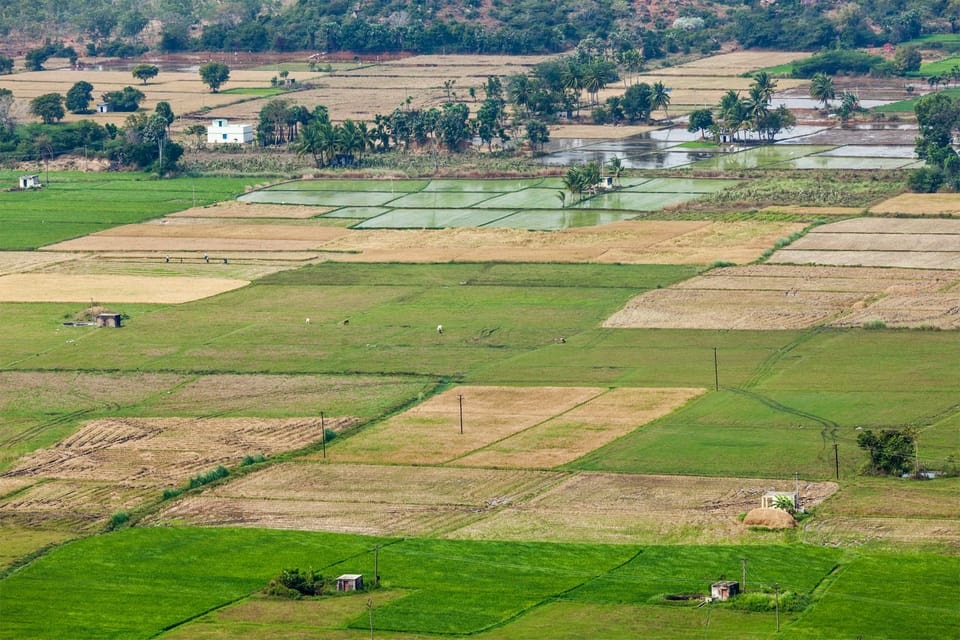Exploring the Pioneering Agricultural Methods of Bangladesh

Bangladesh, a nation renowned for its lush landscapes and fertile plains, has remained a cornerstone of agricultural innovation for decades. The country, with its agrarian foundation, has adopted and refined numerous agricultural methods that contribute to its economic resilience and food security.
Sustainable Rice Cultivation
Rice is a staple crop in Bangladesh, accounting for approximately 70% of the total agricultural output. The introduction of high-yielding variety seeds (HYVs) and improved irrigation techniques has revolutionized rice farming.
- Advanced Irrigation: The use of shallow tube wells and deep tube wells has increased the efficiency of irrigation, making water available even during dry seasons.
- Fertilization Practices: Balanced use of fertilizers, including organic compost and chemical fertilizers, ensures that soil fertility is maintained.
- Integrated Pest Management (IPM): Adoption of IPM practices has significantly reduced crop losses caused by pests and diseases.
Implementation of Precision Agriculture
Embracing modern technology, Bangladesh has started integrating precision agriculture techniques. This method makes use of GPS, remote sensing, and data analytics to improve crop yields and resource management.
- Use of Drones: Drones are employed for monitoring crop health, applying pesticides, and even estimating yields.
- Soil Testing: Regular soil tests help farmers understand the nutrient status of their land, enabling more efficient and tailored fertilizer applications.
- Weather Forecasting: Accurate weather forecasting tools assist farmers in planning planting and harvesting times to maximize productivity.
Agroforestry Practices
Agroforestry, the practice of integrating trees and shrubs into cropland, has gained prominence in Bangladesh.
- Biodiversity: Trees and shrubs enhance biodiversity, provide habitats for wildlife, and reduce soil erosion.
- Climate Adaptation: Agroforestry practices contribute to climate change adaptation by improving microclimates and increasing carbon sequestration.
- Additional Income: Farmers benefit economically by harvesting fruits, timber, and other products from the integrated trees and shrubs.
Organic Farming Movement
There is a significant movement towards organic farming in Bangladesh, driven by the demand for healthier, chemical-free food products.
- Natural Pest Control: Emphasis on using natural pest control methods, such as neem oil and biological agents, to maintain crop health.
- Composting: Utilization of compost as a primary fertilizer helps in improving soil structure and nutrient content.
- Water Conservation: Organic farming practices involve efficient water management mainly through rainwater harvesting and mulching.
Takeaways from Bangladesh's Agricultural Pursuits
- Use of technology and data analysis in precision agriculture has led to more efficient and sustainable farming.
- The integration of trees in croplands via agroforestry enhances both environmental sustainability and farmers' livelihoods.
- Balanced fertilization and integrated pest management are key practices in maintaining soil fertility and reducing losses.
- The growing organic farming movement responds to global health trends and consumer demand for sustainable agriculture.
Here's a thought to consider
The pioneering agricultural methods of Bangladesh highlight a blend of tradition, innovation, and sustainability that could serve as a model for other developing nations.
Looking for updates? Sign up to our newsletter for weekly snippets.


